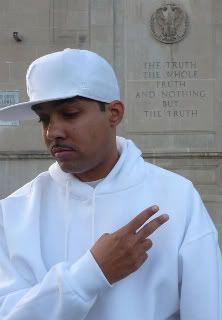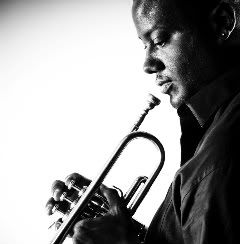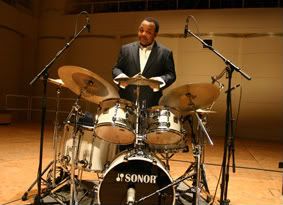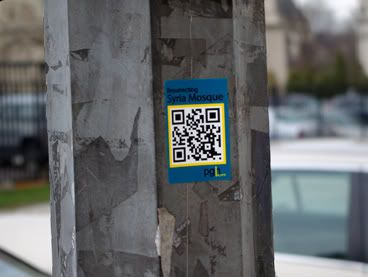
Jasiri X image from Real Talk Express
Hey, Pittsburgh has been getting some love as a rap town lately, with Wiz Khalifa, Mac Miller and Slimmie Hendrix (Pittsburgh Slim) putting the 'Burgh on the urban map. It didn't hurt that Paradise Gray ("the Arkitech") decided to make the Steel City his new home, or that Rostrum Records planted roots here.
But the guy taking Pittsburgh rap to a new level is East Liberty's Jasiri X. The Chicago native moved here in the mid-eighties, went to Gateway High School (Taylor Allderdice isn't the only hip-hop incubator in town), and rapped for Concrete Elete before going solo.
Jasiri X is the X-Clan rep of Pittsburgh. He doesn't play to the gangsta or party crowd; he's the modern-day Bob Dylan of the urban scene.
He first made a name for himself nationally in 2007 with “Free the Jena Six;” the song was named 2007 Hip Hop Political Song of the Year and and “Single of the Year” at the Pittsburgh Hip-Hop Awards. In late 2009, he released "American History X," earning him six Pittsburgh Hip-Hop Awards, including Album of the Year. The LP touched on everything from Afghanistan to BET's playlist.
The East End rapper was the first hip-hop artist to receive the August Wilson Center for African-American Culture Fellowship when he was honored in 2009. He hosts the internet radio news/rap show "This Week With Jasiri X," directed by brother activist Paradise Gray and going strong after four years.
Jasiri is out touring in support of his latest vid releases and upcoming album. And just to show there were no hard feelings - it's all about the ratings, right? - he was featured on the BET show "Rap City."
His videos include songs like the role-reversing "What if the Tea Party Was Black," inspired by blogger Tim Wise's post of the same name. It was downloaded 200,000+ times and created a barrage of commentary, some thoughtful and some...well, not.
It won a Judges Prize for JX and producer Gray from the progressive 14th Ward Independent Democratic Club (although we suspect Tom Corbett and Jim Roddey weren't impressed.) The vid was also named the “Best Local YouTube Phenomenon” by The Pittsburgh City Paper.
Others are "Real Gangstas," dedicated to Wall Street robber barons, "Dr. King's Nightmare," a counterpoint to Glenn Beck's DC rally, “Enough is Enough,” about the Sean Bell shooting, and "The Only Color That Matters Is Green" which is self-explanatory, we hope.
His latest album, "Ascension" is scheduled for release soon, and will be issued through Vancouver's Wandering Worx Music label, a new hip-hop impress.
Jasiri reps his lyrics, too. His video “4Haiti“ dedicated its proceeds toward purchasing a solar generator to purify water for a family in Haiti. He can be spotted around town in the middle of activist events, the latest being last month's "Our Communities, Our Jobs" rally. He's also president of LYRICS Inc. (Leading Young Rappers in Career Success), using modern technology to mentor the up-and-comers.
It should come as no surprise that Jasiri X and Paradise Gray are collaborators in more than media productions. In 2005, he hooked up with Gray and some others to form One Hood, a group that works to make the town, in Paradise's words, "One city, one people, one 'hood." The activists are the generally the first ones on the scene to rep the community when things go south.
So hey, make some room, Wiz, Mac and Slim. There's another side of rap beside the partee, and its conscience, Jasiri X, is about to join you.
"Jasiri Xtra" from Ascension




